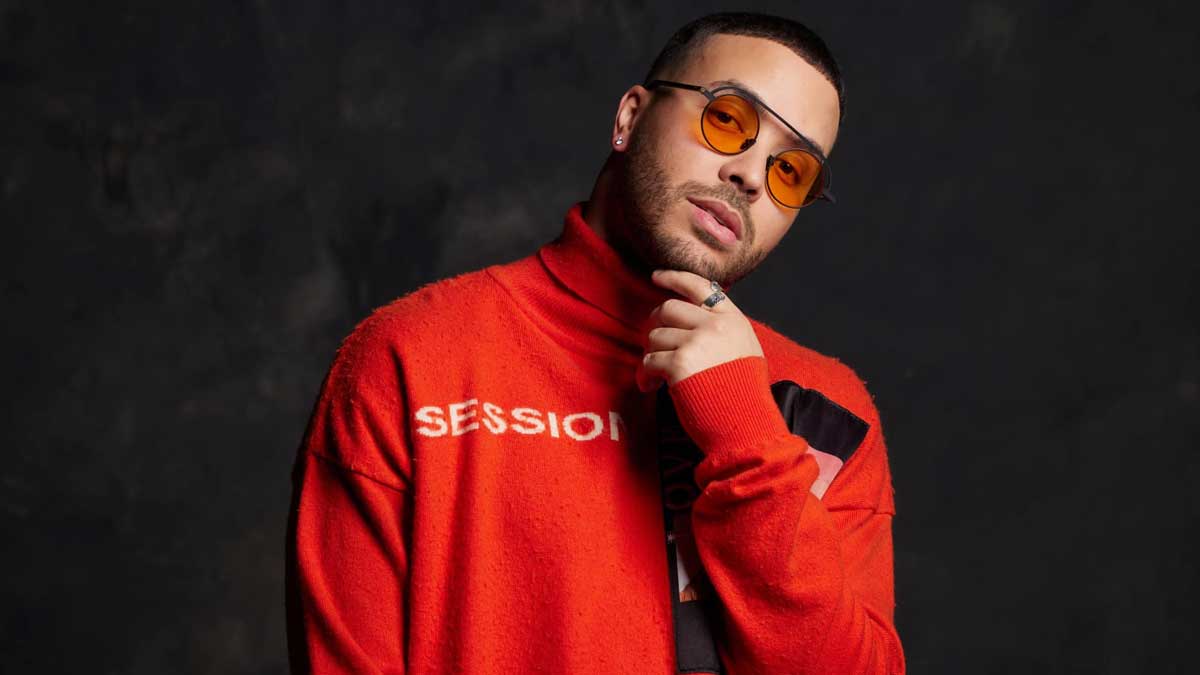In the past 8 years, multi-platinum award-winning, singer/songwriter Prince Royce has become a bona fide Latin superstar, scoring 17 #1 radio hits and winning more than 80 awards and recognitions including: 22 Latin Billboard Awards, 19 Premio lo Nuestro Awards, 19 Premios Juventud Awards, 6 Latin AMAs, and 12 Latin GRAMMY nominations.
Royce has a massive fan base with over 55 million followers on social media and he has sold out many of the most prestigious venues in Latin America and the United States. In February 2019 Prince Royce made history becoming the first and only tropical music artist to perform at the Houston Rodeo at the NRG Stadium where he attracted more than 55,000 euphoric fans.
All of his albums have been certified multiplatinum. His latest album, FIVE, was released in February 2017 and is Royce’s fifth career album. The record debuted at #1 on Billboard’s Latin Albums chart and earned Royce the highest first-week sales of any Latin album in the two years prior to the release. The album has been certified Triple Platinum by the RIAA in the United States and has garnered multiple international certifications. FIVE, made the Top Latin Albums list at Billboard’s coveted end of the year issue and Billboard also named Royce one of the Top Latin Artists of 2017.
Some of his collaborations include: Shakira, Chris Brown, Jennifer Lopez, Selena Gomez, Snoop Dogg, Pitbull, Thalia, Maná, Daddy Yankee, Becky G, Anitta, Ludacris, J Balvin, Bad Bunny, Farruko, and Maluma, among others. Prince Royce has also started to pursue an acting career; he co-starred as Peter in the Fox Live musical broadcast of “The Passion” in 2016 and was part of the cast of Hulu’s hit series, “East Los High”.
August 9, 2018 was proclaimed “Prince Royce Day” in New York by Mayor Bill de Blasio, in recognition of his contributions to society and for being a role model to youth in his home town. He has been induced into the Bronx Hall of Fame with a street named after him, and ran the New York City Marathon to raise funds and awareness on education in public schools and kidney disease.
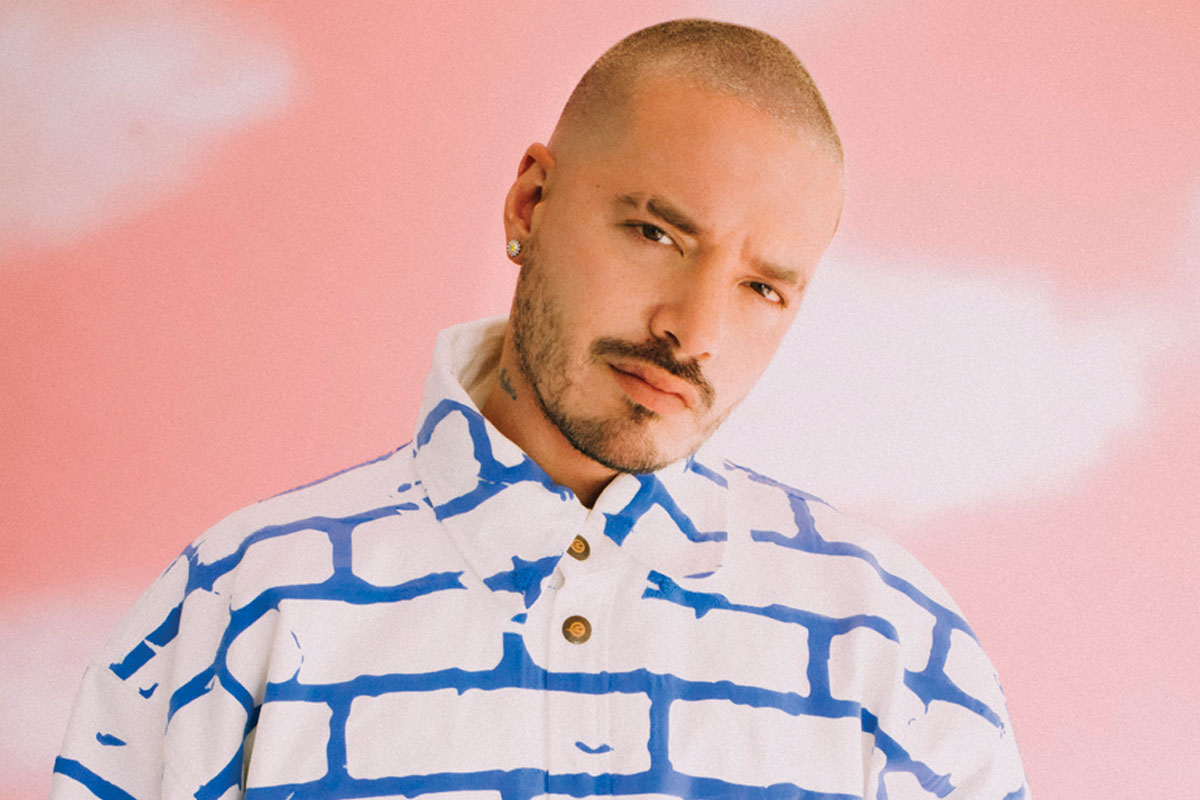

 Biographies11 months ago
Biographies11 months ago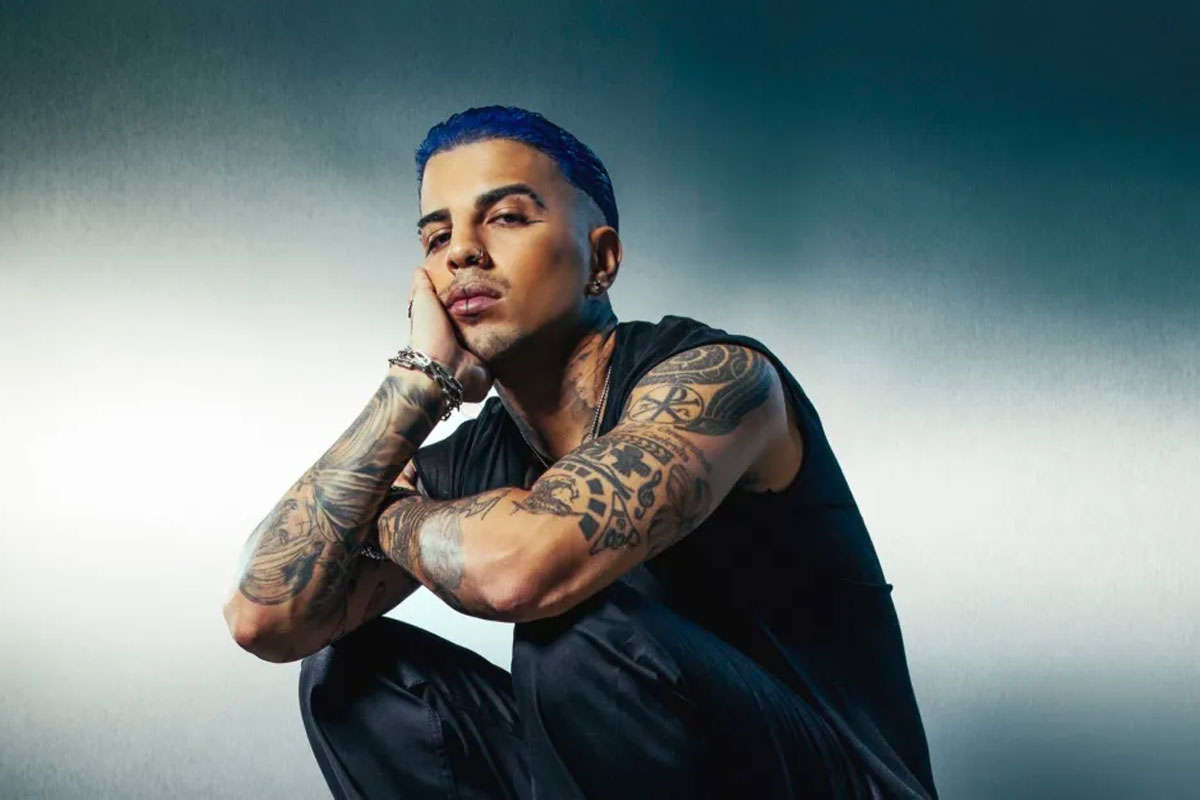
 Biographies11 months ago
Biographies11 months ago
 News4 months ago
News4 months ago
 Tour11 months ago
Tour11 months ago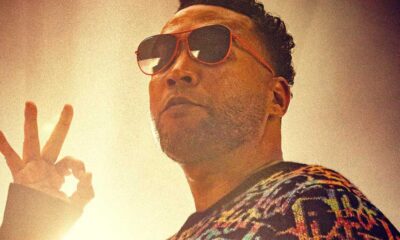
 Biographies11 months ago
Biographies11 months ago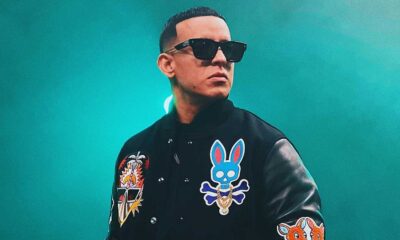
 Biographies11 months ago
Biographies11 months ago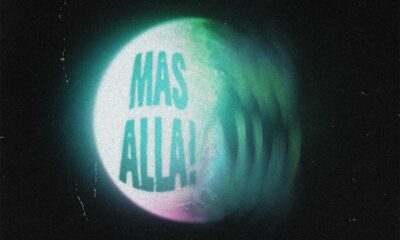
 News11 months ago
News11 months ago
 Events11 months ago
Events11 months ago

